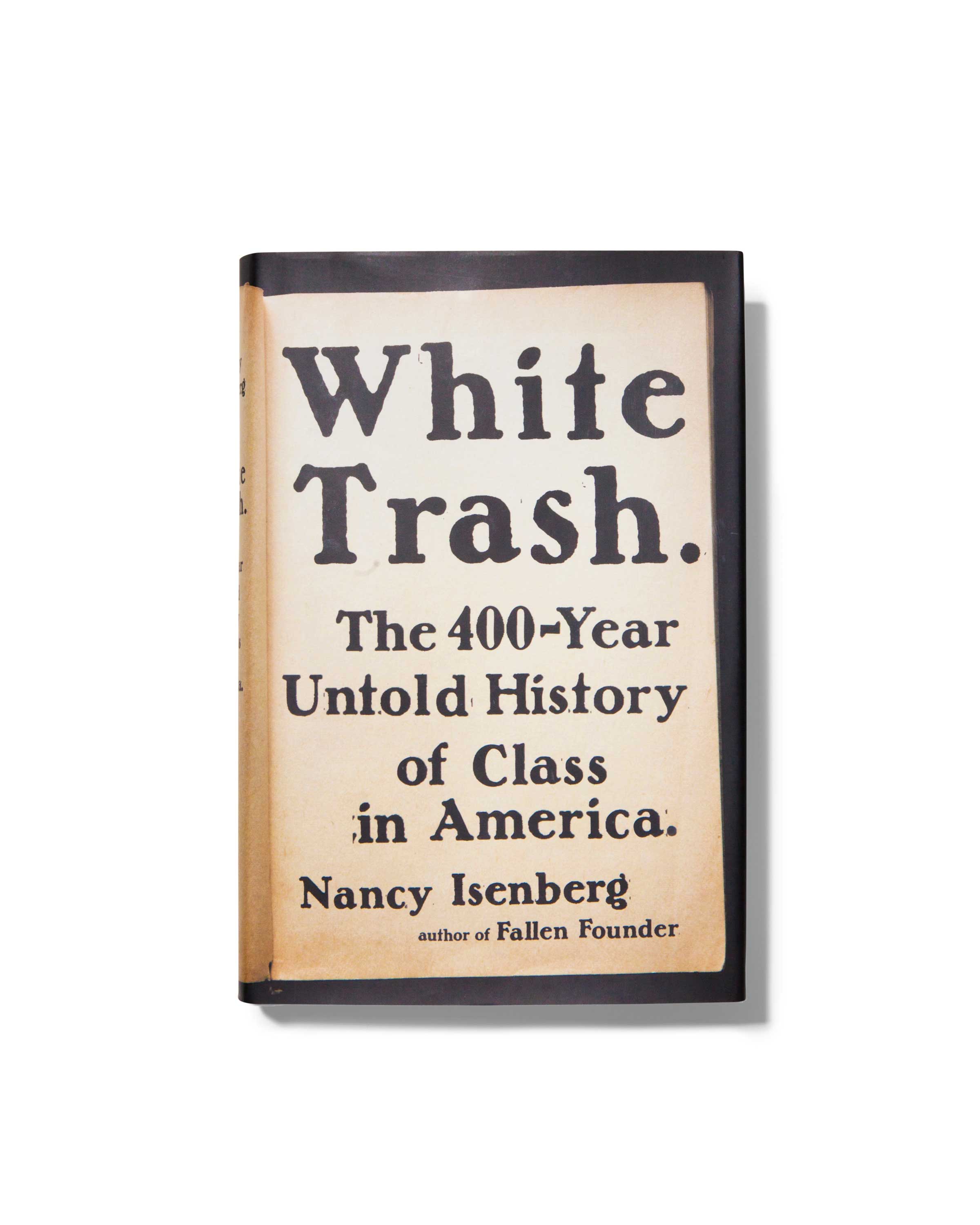
These days America can’t wait to talk about class. In recent years, both financial crisis and stasis have prodded the nation to look hard at its systemic inequalities–even though a classless society is a foundational myth of the U.S. Just how fantastical that myth can be is the subject of Nancy Isenberg’s new book, White Trash: The 400-Year Untold History of Class in America. Though she puts one group under her microscope, her message is classless.
Isenberg, a professor of American history at Louisiana State University, has written an important call for Americans to treat class with the same care that they now treat race. Key to her argument is the idea that elite whites have long seen poor whites, who would seem to be part of the long-dominant race in the U.S., as an entirely separate type of person. Inborn social class should be anathema to the American Dream, but it proves both evident and enduring.
In the earliest days of the nation–long before the first recorded use of white trash that Isenberg found, in 1821–educated men borrowed metaphors from agriculture to show that some bloodlines were worse than others. The upshot: class was seen as a genetic trait and thus largely inescapable. Born white trash, stay white trash, have white-trash babies.
Poverty, social worth, industriousness and intelligence were all, like race, in the blood. It’s no coincidence that the history of white trash is tied to the antebellum South, where slavery’s racial oppression coexisted with an oppressive class system. It was only the Depression, Isenberg argues, that put an end to the idea that the poor were different from good, middle-class Americans–or rather, showed that good, middle-class Americans could quickly become poor.
In the years after, even as love of the “common man” turned toward heroes like Elvis Presley, whom Isenberg sees as an icon of white trash made good, social divisions endured. In fact, she posits that the popularity of many touchstones of trashiness, like The Beverly Hillbillies, came from celebrating stereotypes while highlighting the gap between us and them. It’s in this era that Isenberg finds her most incisive point, with a 1949 remark by an Australian visitor: “Voters accepted huge disparities in wealth but at the same time expected their elected leaders to ‘cultivate the appearance of being no different from the rest of us.'” The country has long talked a big game about equality, but walking the walk? No.
Isenberg’s argument is convincing, but there are a few places where her information falls short of satisfying the curious reader. For example, she refers frequently to the stereotype that white-trash people are “clay eaters”–but if that label is based in fact, as it seems to be, why would the phenomenon happen? (Perhaps people were driven by mineral deficiencies. I had to look that one up.) If questions about such details distract from the more important inquiries, that would be a shame. In the months since Isenberg would have finished writing this book, U.S. class divisions have become a central issue in the presidential election. Her work may well help that focus lead to progress.
More Must-Reads From TIME
- The 100 Most Influential People of 2024
- The Revolution of Yulia Navalnaya
- 6 Compliments That Land Every Time
- What's the Deal With the Bitcoin Halving?
- If You're Dating Right Now , You're Brave: Column
- The AI That Could Heal a Divided Internet
- Fallout Is a Brilliant Model for the Future of Video Game Adaptations
- Want Weekly Recs on What to Watch, Read, and More? Sign Up for Worth Your Time
Write to Lily Rothman at lily.rothman@time.com